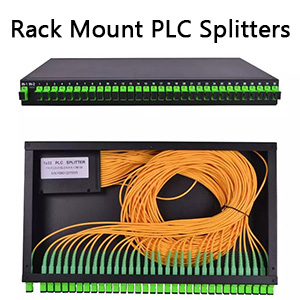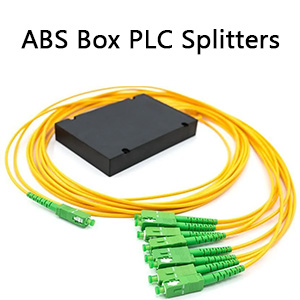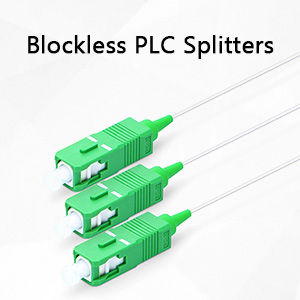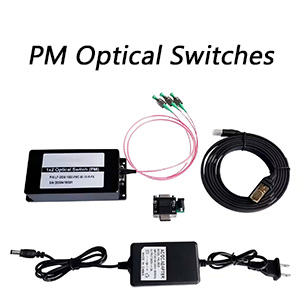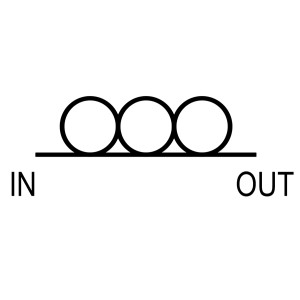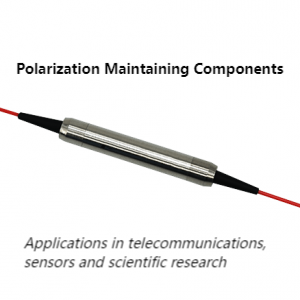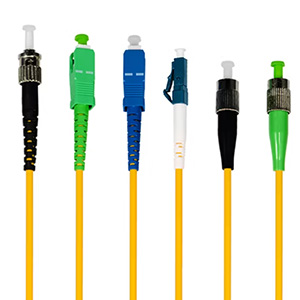In 1842, Michael Faraday demonstrated that the operation of an optical isolator depends on the Faraday Effect. This effect refers to the phenomenon where the plane of polarized light rotates when the light passes through a glass exposed to a magnetic field. The direction of rotation primarily depends on the magnetic field, rather than the direction of light transmission.
Optical devices and connectors in a fiber optic system can cause effects like absorption and reflection of the optical signal at the output of the transmitter. These effects may cause light energy to be reproduced back to the source, interfering with its operation. To overcome these interference effects, an optical diode or optical isolator is used.
What is an Optical Isolator?
An optical isolator, also known as an optical diode, photocoupler, or optocoupler, is a passive magneto-optic device. Its primary function is to allow light transmission in one direction only. This is crucial for preventing unnecessary feedback to an optical oscillator, such as a laser cavity. The working principle of this component mainly relies on the Faraday Effect, which is employed in its main component, the Faraday rotator.
Working Principle
An optical isolator consists of three main components: a Faraday rotator, an input polarizer, and an output polarizer. The block diagram representation is shown below. The operation modes of this isolator are classified into two types based on the different directions of light: forward mode and backward mode.
In forward mode, light enters the input polarizer and becomes linearly polarized. Once the light beam reaches the Faraday rotator, the rod of the Faraday rotator rotates the light by 45°. Consequently, the light exits the output polarizer at 45°. In backward mode, the light initially enters the output polarizer at 45°. When it passes through the Faraday rotator, it rotates an additional 45° in the same direction. As a result, the 90° polarized light becomes vertical towards the input polarizer and cannot exit the isolator, thus the light beam is either absorbed or reflected.
Types of Optical Isolator
Optical isolators are classified into three types: Polarized, Composite, and Magnetic Optical-Isolator.
Polarized Type Optical-Isolator
This type of isolator uses the polarization axis to ensure light transmits in one direction. It allows light to transmit in the forward direction while prohibiting any light beam from transmitting back. There are dependent and independent polarized optical-isolators, with the latter being more complex and often used in EDFA optical amplifiers.
Composite Type Optical-Isolator
This is an independent polarized type optical-isolator used in EDFA optical amplifiers, which include various components like wavelength-division multiplexers (WDM), erbium-doped fiber, and pumping diode lasers.
Magnetic Type Optical-Isolator
Also known as the polarized optical-isolator in a new form, this type uses the magnetic element of a Faraday rotator. It typically features a rod designed with a magnetic crystal under a strong magnetic field, utilizing the Faraday Effect.
Applications
Optical isolators are used in various optical applications, including industrial, laboratory, and corporate settings. They are reliable devices when used in conjunction with fiber optic amplifiers, fiber optic links in CATV, fiber optic ring lasers, and high-speed logical FOC systems.

